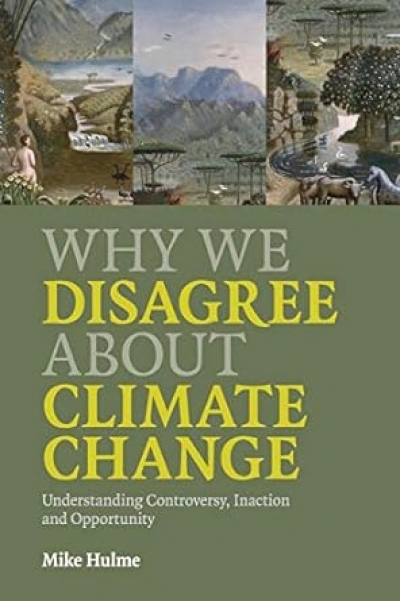Climate Change
Timothy Roberts reviews 'The Real Global Warming Disaster: Is the Obsession with "Climate Change" Turning out To Be the Most Costly Scientific Blunder in History?' by Christopher Booker
Christopher Booker is appalled that humanity has thrown its glimmering record of progress on the pagan bonfire of environmentalist superstition. He is shocked that the scientific community is helplessly in thrall to a cabal of corrupt hacks masquerading under theIntergovernmental Panel on Climate Change’s confected rubric. He is dumbfounded that ‘natural’ climatic fluctuations have been spun into some deranged ‘global warming’ conspiracy theory.
... (read more)Lifeboat Cities by Brendan Gleeson & Transport for Suburbia: by Paul Mees
Why We Disagree About Climate Change by Mike Hulme & Quarry Vision by Guy Pearse
During a lull in the fiercest weather event the south-east of the continent has seen in thirty years – we call them ‘events’ these days, as though someone’s putting them on – I went out on a Sunday morning and bought myself a book.
I should tell you that we live on an acre in the country one hundred and t ...







